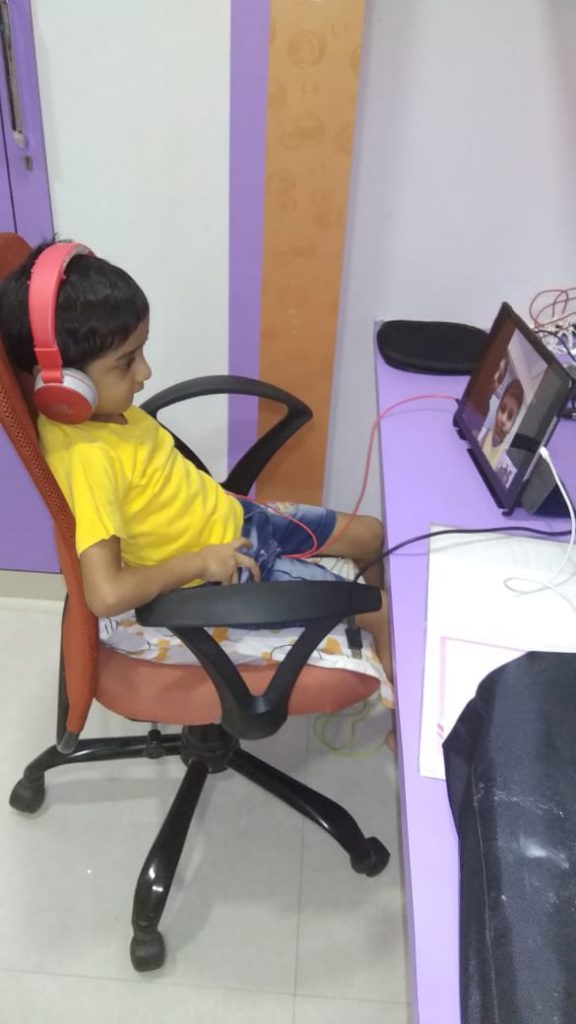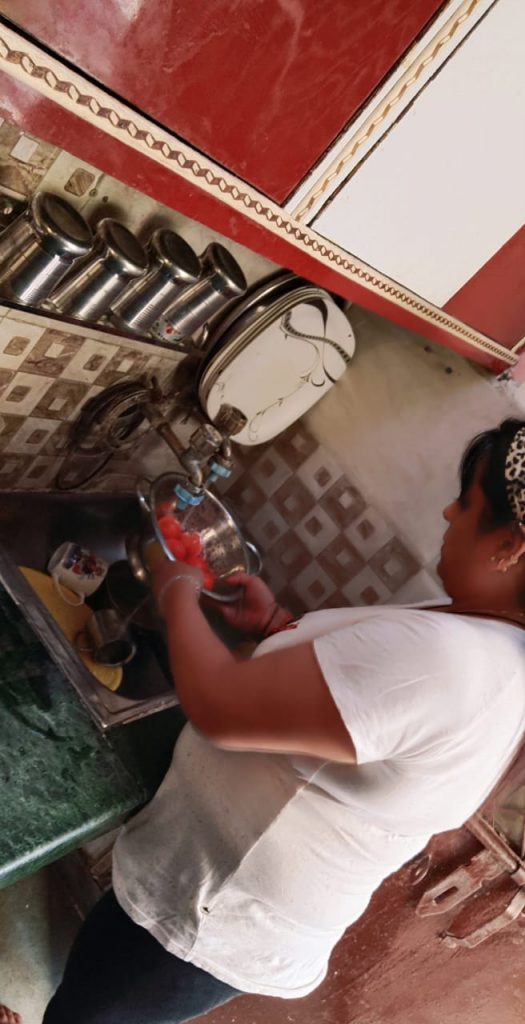This blog is based on the findings of the primary research conducted in 4 metros (Delhi, Mumbai, Bangalore, and Kolkata) during the Covid19 lockdown (May 2020) by Inxise Datalabs. For more information on detailed research findings please contact the author
PRIYASHREE BUDHIRAJA
Most changes in house and furniture designs across history can be traced back to a crisis. The plague in the 1600s led to the heating and cooling of homes. The Great Fire of London in 1666 led to using stone and brick as the construction material rather than wood.
Not only has Covid19 disrupted our entire way of living, but it has also given us new perspectives about our homes. Everyone is now learning how important the organization of the home is, in promoting productivity.
Since entire lives are now encapsulated within the home, this period has forced the consumer to learn some important life lessons which are now reflecting in needs from homes too.
We are in the process of redefining how we have so far lived in and interacted with our homes and furniture.
#1. Flexible, Agile, Multifunctional
- Consumers are valuing their homes more than ever before and are looking to make them more functional, fluid, efficient, and multipurpose-especially in places like Mumbai where space is an issue.
- The lines between work and home have blurred. Consumers are cleaning, cooking, teaching, working, shopping , exercising, learning new things– all within the confines of their homes !.”
- “It’s our make shift office for working individually, for working with teams, for our workshops/ conferences
- Gym, Zumba, Aerobics- space for physical exercise is a must
- Hobby studio/ recreational space (e.g. cooking, art & craft, painting, interior decoration, gardening, singing, dancing, vlogging, making tik tok videos, playing instruments, learning new games in cards, chess etc.)
- Makeshift restaurant, coffee shop (everything is being cooked at home)
- Home-school; learning space for our children
- Fun zone for kids where they play, explore & keep themselves entertained”



Picture Source: Inxise Datalabs Syndicated Research, May 2020
Hence consumers need solutions that help them ‘adjust’ and ‘squeeze’ multiple functions into their nest, efficiently and effectively.
How can brands help?
Furniture and home solutions brands such as Ikea, Pepperfry, Homecenter, etc. can offer options of products that are multifaceted and can play multiple roles-
- An office chair that can flex into a lazy boy while watching TV
- Or a multifunctional table that can be used to eat, study & work
- Or adjustable beds that can be folded up to free the space, which can be used for playing, dancing, exercising, doing yoga or any recreational activity of your liking etc.
#2. Stock, Save, Survive
Consumers are stocking essentials like never before.
“What if there is a case in our area & everything gets sealed.” (Delhi, Females).
The importance of storage will grow even more as people seek ways to cleverly conceal personal and household items in a home office scenario.
Consumers seem to be especially struggling with kitchen pantries; with lack of proper storage space, cabinets, airtight bins & boxes.
How can brands help?
- With the packaging itself which also takes care of storage: For example, FMCG food brands could offer a double packaging reseal mechanism that makes the essentials last longer without transferring them into air tight cans
- Clever storage options from furniture brands
- DIY campaign by a brand like Fevicol/ Fevistik; creative ideas to make space out of space (organisers, shelves)
#3. “Hygiene & Safety First”: Changing Role Of Entrance
Amid Covid 19, the entrance of the home has a modified role now. Footwear, caps, masks are removed here, hands sanitized. All the household items are cleaned here before they make an entry into the kitchen. Or some consumers just leave the items here untouched for a day.
“We have a Corona table near the main door where we leave everything for a day before unpacking” 36 year old male, Bangalore
Does this simply mean more storage requirements that can stock items temporarily before they are moved in? Or does it have long term implications with home designs having more space near entrance foyer? Perhaps a sanitation foyer/station?

#4. “Socializing Amid Social Distancing”
We are social animals and even amid social distancing we are socialising from the comfort of our homes; with office colleagues, friends & family.
Our home takes a serious tone when it turns into an office or school. It becomes jovial and upbeat when we share personalised messages with our special ones to celebrate their birthdays and anniversaries.
Also, besides higher-order emotions, our primal brain loves to be admired. It works hard to create a certain social image. So, with respect to homes, there is an increased need for more appealing backdrops, wall colours, lights, statement artifacts, etc. that one can show off or use to create a certain image.
Décor brands such as Asian Paints can help consumers with creative sustainable ideas like pull-down backdrops, wallpapers, etc. (not limited to virtual settings like on Zoom).
#5. Light/Space/ Air
People have been craving to go out and the closest they have been able to come to it is by looking out of the windows (and everyone is not blessed with great views) or sitting in the balconies ( if they have one) .
The relationship between Vitamin D deficiency and susceptibility to the Coronavirus has been widely publicised – hence need for sunlight is a much-desired feature now. People, especially in a place like Mumbai, will think twice about enclosing the balcony.
“Need a place in the home that is open (khulla khulla) – otherwise it feels like a jail. It is good to get some fresh air every day” 45 year old male, Mumbai
“Thank god we have a balcony – I don’t think we have ever used it so much – earlier it was only used for drying clothes – 37 year old female, Kolkata
#6. Personal Space
During this lockdown, one of the positives that everyone has taken away is the amount of family time that it has provided. However, since everyone is underfoot all the time, there is no personal space – for men, women, or even children! Some people have been retreating into a corner and enjoying “me-time”.

A respondent taking a work-related call from his car for privacy
But shuffling throughout the home does not necessarily give that peace much longed for. A personal corner is needed, not only to enjoy books and music but also for some private time alone with your thoughts.
“I used to get some me-time when kids went to school and husband went to office – I would watch TV without any disturbance, listen to music or read a book- now with everyone at home all the time, I feel like I have no place or space where I can have some time alone” – 35 year old female, Kolkata
“My personal time was actually in the car when I would drive to work- it was very peaceful- I would listen to music, call my friends, smoke if I wanted …now its very difficult to get some time alone at home” – 29 year old male, Mumbai
Hence the question is – how do the spaces we eat, play and live, also allow for a functional and separate use for work? How do smaller spaces perform multiple duties, and manage to create a division between work and home life?
What materials can be used to create home offices and home schools that have minimal distraction but are flexible – soundproofing dividers or perhaps Privacy pods that can create a personal space within the home whenever required ?
#7. Learning & Experimentation. Holistic Health.
Consumers are learning to cook, try different recipes, experimenting with art and craft, learning to play musical instruments, and doing other new activities that keep them engaged and mentally agile. It keeps them healthy in a holistic manner, not just physical.

Source: Amazon’s front page advertising their ‘Summer Hobby Store’
What can brands do? Enter consumers make shift hobby studio & engage with them,
- Brands can organise jam sessions with their loyal customers, create videos with them, for them, about them
- Art and craft, stationery brands such as Pidilite and Camel can tap into this emotion and build hobby spaces in the home
- Home brands selling cooking equipment, white goods like oven, microwave brands can encourage and reward consumers with cooking contests, etc.
- Cosmetics brands can help consumers learn about makeup, give online classes, encourage them to post their make up experiments (more so with eyes. Read our ‘Maida-Mascara blog for more details.)
These needs from homes might seem to be short term ones, however, given that no one has any idea when the Corona impasse will be over, changes in homes are a given. It could be surface changes and not architectural ones, but the shift is here to remain.
This blog is based on the findings of the primary research conducted in 4 metros (Delhi, Mumbai, Bangalore, and Kolkata) during the Covid19 lockdown (May 2020) by Inxise Datalabs. For more information on detailed research finding please click here email us



